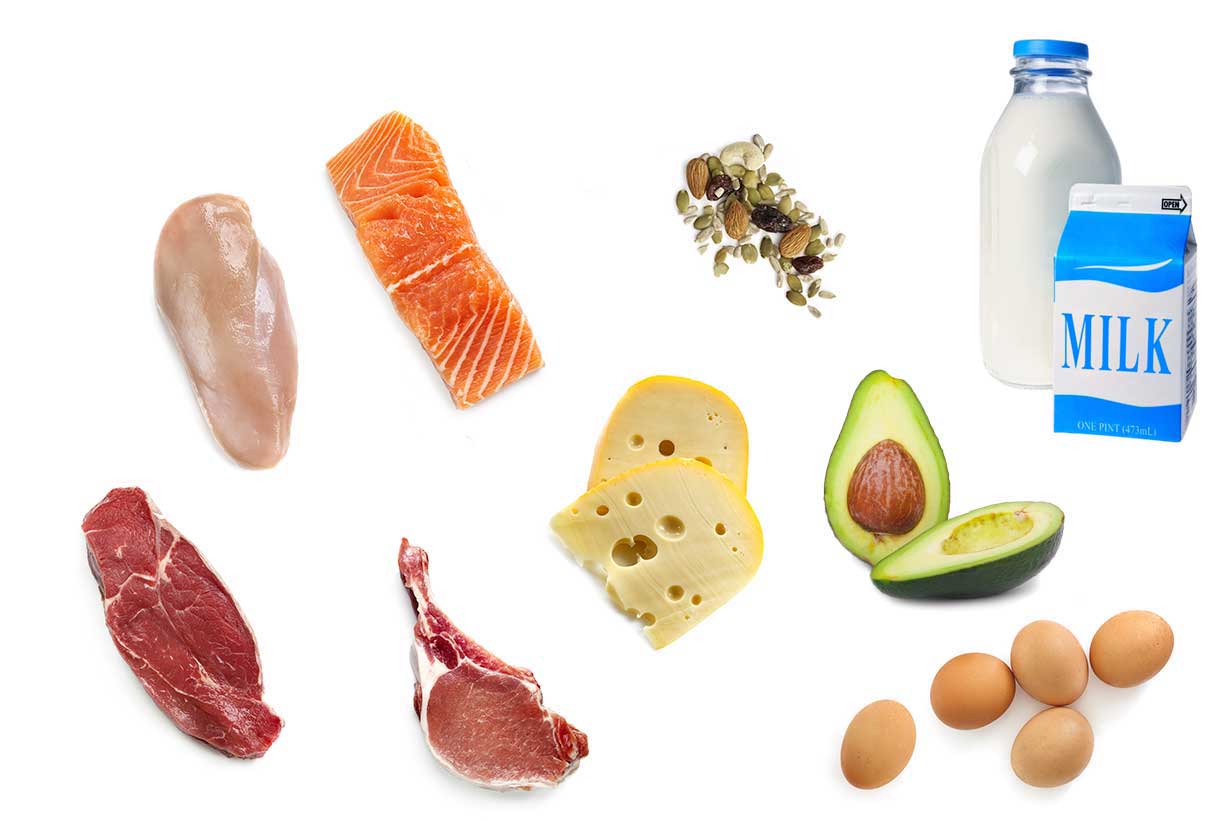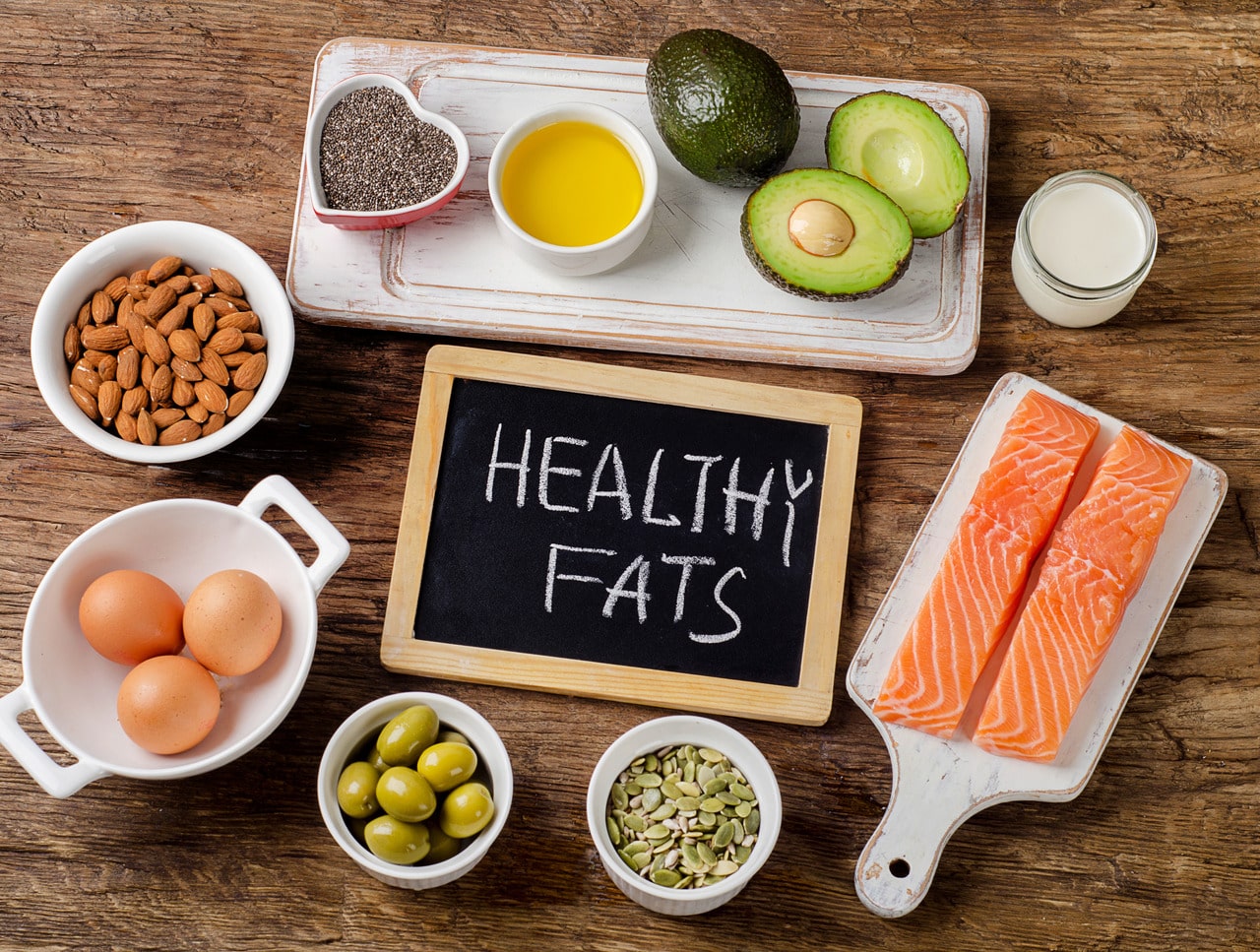
Foods high in iron
Iron: An Essential Nutrient for Your Body
Iron is a crucial dietary mineral that plays a vital role in many bodily functions. One of its most important jobs is to prevent anemia. Iron is a key component of hemoglobin, a molecule found in red blood cells that carries oxygen throughout your body.
Since your body doesn’t produce iron, it’s essential to obtain it through your diet.
Iron Sources in Food:
There are two main types of iron found in food:
Heme iron: This form is easily absorbed by the body. It’s found in animal products like:
Red meat (beef, lamb, pork, kangaroo)
Poultry (chicken, turkey)
Seafood (salmon, sardines, tuna)
Organ meats (liver, kidney, pate)
Non-heme iron: This type is trickier for your body to absorb. Plant-based sources include:
Iron-fortified cereals and bread
Nuts and seeds
Dried fruits
Wholemeal bread and pasta
Legumes (beans, lentils, chickpeas)
Dark leafy greens (spinach, swiss chard, broccoli)
Tofu
Daily Iron Needs:
The recommended daily iron intake (RDI) varies depending on your age, sex, and health conditions. Here’s a general guideline:
Children:
7 months – 12 months: 11mg
1 year – 3 years: 9mg
4 years – 8 years: 10mg
9 years – 13 years: 8mg
Teenagers (14-18 years):
Males: 11mg
Females: 15mg (due to menstruation)
Adults (19-50 years):
Males: 8mg
Females: 18mg (due to menstruation)
Adults (over 50 years): 8mg for both males and females
Pregnant women: 27mg
Breastfeeding women:
14-18 years old: 10mg
19 years and older: 9mg
Optimizing Iron Absorption:
Certain dietary choices can enhance your body’s iron absorption:
Vitamin C: Include vitamin C-rich foods like citrus fruits, tomatoes, berries, kiwi fruit, melons, and leafy greens with your meals. Vitamin C aids iron absorption.
Spacing: Limit consumption of coffee, tea, red wine (both alcoholic and non-alcoholic), calcium-rich foods (milk, cheese), calcium supplements, and some soy products during meals. These can hinder iron absorption.
Iron Deficiency and Consequences:
Inadequate iron intake can lead to iron deficiency. Symptoms may include:
Fatigue
Headaches
Difficulty concentrating
Iron deficiency can also progress to anemia. If you suspect iron deficiency, consult your doctor for blood tests and potential iron supplementation.
Iron Overload Risks:
Excessive iron intake can be detrimental. Always consult your doctor before taking iron supplements. Hemochromatosis, a genetic condition causing excessive iron absorption and storage, affects about 1 in 200 people. Screening is recommended for those with a close relative diagnosed with the condition.
12 Healthy Foods That Are High in Iron
Iron-Rich Dietary Enhancements for Optimal Health
Iron, a vital mineral, plays a critical role in numerous physiological processes, most notably oxygen transport within erythrocytes (red blood cells). Since the human body cannot synthesize iron, dietary intake is essential for maintaining adequate stores. This article explores twelve excellent food sources to enrich your diet and promote overall health.
1. Shellfish:
These mollusks are champions in iron content. Clams, oysters, and mussels are particularly iron-rich, with a 3.5-ounce serving of clams boasting 17% of the Daily Value (DV) for iron. This bioavailable heme iron is readily absorbed by the body. Shellfish are also a powerhouse of other nutrients, including vitamin B12, omega-3 fatty acids, and protein.
2. Spinach:
While offering non-heme iron with lower absorbability compared to heme iron sources, spinach is a valuable plant-based option. A 3.5-ounce serving provides 15% of the DV for iron. To maximize iron absorption from spinach, co-consumption with vitamin C-rich foods like tomatoes or citrus fruits is recommended. Additionally, spinach is loaded with beneficial antioxidants that may reduce inflammation and protect ocular health.
3. Organ Meats:
Often overlooked but incredibly nutritious, organ meats like liver, kidney, and heart are rich in various essential nutrients. Beef liver, for example, is an iron powerhouse, containing a remarkable 36% of the DV for iron per 3.5-ounce serving. Organ meats are also a concentrated source of protein, B vitamins, selenium, and choline, a crucial nutrient for brain and liver health.
4. Legumes:
Beans, lentils, and chickpeas are a vegetarian’s dream team for iron intake. One cup of cooked lentils provides an impressive 37% of the DV for iron. Legumes are also a valuable source of dietary fiber, folate, potassium, and magnesium. Studies suggest they may even promote weight management and reduce inflammation. For optimal iron absorption from legumes, pair them with vitamin C-rich foods.
5. Red Meat:
Red meat is a readily available source of highly bioavailable heme iron, making it a valuable option for individuals susceptible to anemia. A 3.5-ounce serving of ground beef offers 15% of the DV for iron. Additionally, red meat is rich in protein, zinc, selenium, and B vitamins.
6. Pumpkin Seeds:
A convenient and delicious snack, pumpkin seeds are a surprising source of iron. A one-ounce serving packs a significant 14% of the DV for iron. They’re also a good source of magnesium, zinc, manganese, and vitamin K.
7. Quinoa:
This gluten-free pseudocereal is a nutritional powerhouse. One cup of cooked quinoa provides 16% of the DV for iron. Quinoa is also high in protein, folate, magnesium, copper, and antioxidants.
8. Turkey:
Dark turkey meat is a good source of iron, with a 3.5-ounce serving offering 8% of the DV. Turkey is also packed with protein, B vitamins, zinc, and selenium. Protein helps with feelings of satiety and may support weight management and muscle health.
9. Broccoli:
This cruciferous vegetable provides 6% of the DV for iron per one-cup serving. But that’s not all – broccoli is exceptionally high in vitamin C, which significantly aids iron absorption. It’s also a good source of folate, fiber, and vitamin K.
10. Tofu:
A popular soy-based food, tofu offers a plant-based source of iron. A half-cup serving provides 19% of the DV for iron. Tofu is also rich in protein, calcium, magnesium, and selenium.
11. Dark Chocolate:
Dark chocolate lovers rejoice! A one-ounce serving of dark chocolate with at least 70% cocoa content delivers 19% of the DV for iron. Dark chocolate is also rich in copper, magnesium, prebiotic fiber, and antioxidants.
12. Fish:
While not the leader in iron content, certain fish varieties like tuna are a good source of iron. A 3-ounce serving of canned tuna provides 8% of the DV for iron. Fish is also brimming with omega-3 fatty acids, which are essential for brain health, heart health, and overall well-being.
Conclusion: While some individuals may need to limit red meat intake, most healthy people can regulate iron absorption from food. If you don’t consume meat or fish, incorporating a vitamin C source with plant-based iron for optimal absorption is crucial. Consult your physician if you have any concerns about iron deficiency.
52 Foods High In Iron
Boost your iron intake with foods like tuna, tofu, and turkey
Are you getting enough iron every day?
Chances are, most of us probably aren’t. Our bodies require iron for growth and development. Iron also aids in preventing anemia and bolstering our immune systems against infections.
If you haven’t been incorporating iron-rich foods into your diet, there are simple ways to do so.
Types of iron found in food
There are two primary types of iron: heme and non-heme iron.
Heme iron, derived from hemoglobin, is better absorbed by the body and is commonly found in liver, meat, poultry, and seafood.
Non-heme iron is commonly found in legumes (beans), nuts, seeds, and certain vegetables like spinach and potatoes. You can also obtain iron from fortified sources such as tofu, grains, bread, and cereal.
“Iron is a vital component of hemoglobin, making it crucial for oxygen transportation, energy production, brain development, growth, and the production of various cells and hormones,” explains Zumpano. “Insufficient iron can lead to conditions like iron-deficiency anemia, characterized by symptoms such as fatigue, weakness, pale skin, dizziness, and headaches.”
Foods rich in heme iron
Plenty of foods are high in iron, particularly heme iron, including:
Beef
Chicken
Clams
Eggs
Lamb
Ham
Turkey
Veal
Pork
Liver
Shrimp
Tuna
Sardines
Haddock
Mackerel
Oysters
Scallops
“Aim to include a source of protein with each meal to meet your daily iron needs,” suggests Zumpano.
Foods rich in non-heme iron
If you’re still seeking more iron-rich options, consider these non-heme iron sources:
Iron-rich legumes, such as dried or canned peas and beans (kidney, garbanzo, cannellini, and soybeans), lentils, peas, tofu, and tempeh (fermented soybeans).
Iron-rich bread and cereal, including enriched white bread, pasta, wheat products, bran cereals, cornmeal, oat cereals, Cream of Wheat™, rye bread, enriched rice, and whole-wheat bread.
Iron-rich fruits like figs, dates, raisins, and prunes, along with prune juice.
Iron-rich vegetables such as broccoli, string beans, dark leafy greens (dandelion, collard, kale, and spinach), potatoes, cabbage, Brussels sprouts, and tomato paste.
Other iron-rich foods like blackstrap molasses, pistachios, pumpkin seeds, sesame seeds, flax seeds, almonds, cashews, pine nuts, macadamia nuts, and hemp seeds.
“If you choose not to consume meat and fish, ensure you include plant-based sources of protein, like legumes, nuts, seeds, and tofu, in each meal,” advises Zumpano. “Pair non-heme iron foods with vitamin C to enhance iron absorption, which is found in citrus fruits, strawberries, tomatoes, broccoli, and spinach.”
Recommended iron intake
According to Zumpano, the daily recommended iron amounts for adults aged 19 to 50 are:
18 milligrams (mg) a day for women and people assigned female at birth (AFAB).
27 mg a day for pregnant individuals.
9 mg a day for lactating individuals.
8 mg a day for men and people assigned male at birth.
In general, individuals may require more iron to compensate for menstrual blood loss. Women and AFAB individuals aged 51 and older should aim for 8 mg of iron daily.
For children, the recommended iron amounts vary by age:
Age Iron Daily Recommended Value
Birth–6 months 0.27 mg
7–12 months 11 mg
1–3 years 7 mg
4–8 years 10 mg
9–13 years 8 mg
14–18 years 15 mg for females, 11 mg for males
While these are general guidelines, Zumpano advises seeking personalized recommendations from a doctor, especially if iron deficiency is suspected.
“Your daily iron needs can typically be met through your diet, though if you have low blood iron levels or struggle with iron absorption, a supplement may be necessary,” notes Zumpano. “Consult your healthcare provider if you believe you could benefit from supplemental iron.”



